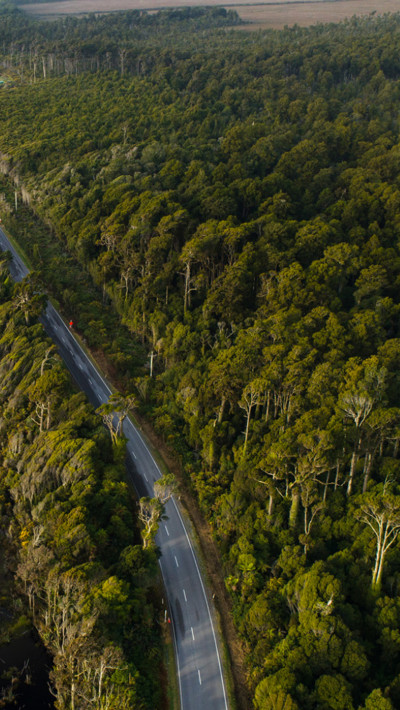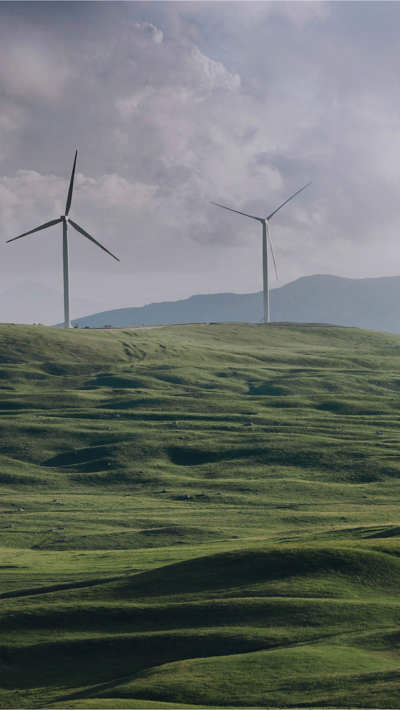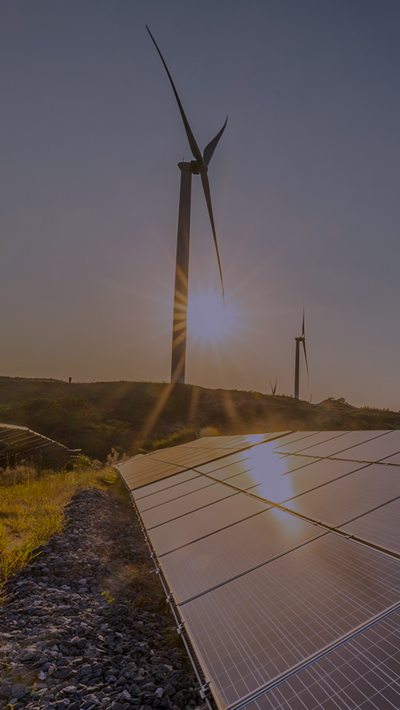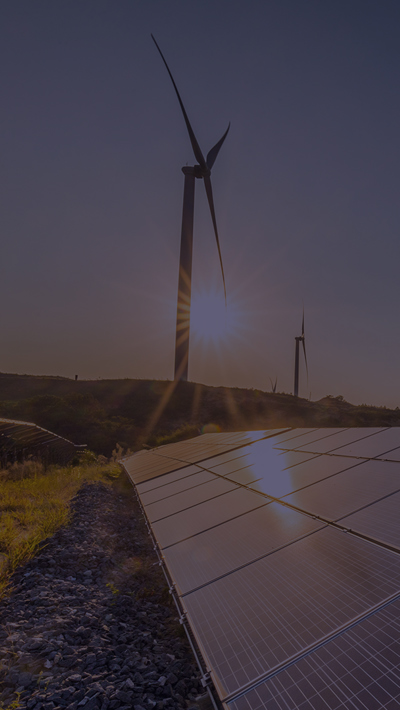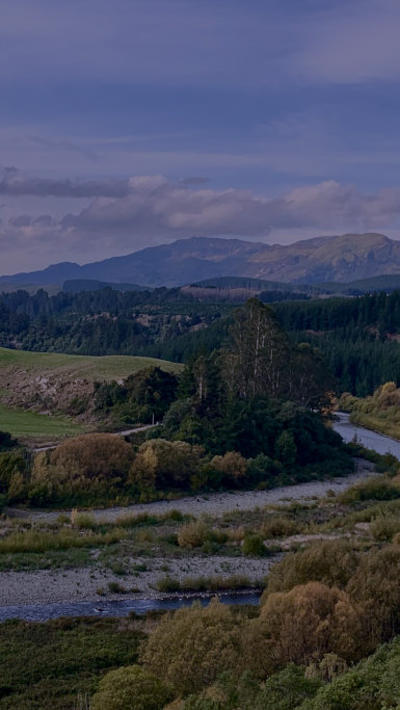Contents
The consultation document to “shape” New Zealand’s first Emissions Reduction Plan shows the Government will need every day of the five month extension it has granted itself to deliver on the Climate Change Commission’s advice, and achieve the net zero emissions targets.
There is a significant gap between the Government’s policy package and the emissions reductions that are required. James Shaw acknowledges the gap but says that is why public feedback is so important – especially as government policy cannot by itself do the job. Commitments and proposals from the private sector will also be required.
Submissions close on 24 November. This is likely to be the last opportunity to influence what, outside the Covid-19 strategy, will be the most significant cross-sectoral, cross-portfolio programme this Government will deliver.
Scope of the consultation
The Government is seeking broad input toward the development of an Emissions Reduction Plan (the Plan). The Plan, which is a statutory requirement, will set the policies to inform the first emissions budget (2022 to 2025). Last month the Government passed legislative amendments to extend its timeframe to publish the Plan to 31 May 2022.
Based on the consultation document, Government’s thinking still seems to be in the preliminary stages for most sectors. With the possible exception of transport, there are few new or specific policy options.
Minister Shaw has acknowledged this, describing the consultation document as providing “a focused look at some of the new ideas Ministers have come up with”.
The task the Government has set itself is an exacting one. The reductions must be “technologically achievable, economically viable and socially acceptable”.
Emissions budgets – Government’s in-principle decision
The Government has made “in principle decisions”, to be finalised in May 2022, which largely adopt the Commission’s proposed budgets (with tweaks to reflect more recent forestry planting/harvesting data).
The effect of the tweaks is to provide for slightly greater emissions reductions in Budget One and slightly smaller ones in Budgets Two and Three.
| Budget period | Budget 1 – 2022-25 | Budget 2 – 2026-30 | Budget 3 – 2031-35 | |||
| CCC | Govt | CCC | Govt | CCC | Govt | |
| All gases, net (Mt CO2e) | 290 | 292 | 312 | 307 | 253 | 242 |
| Annual average (Mt CO2e) | 72.4 | 73 | 62.4 | 61.4 | 50.6 | 48.4 |
Estimates are that achieving the First Budget will require a reduction of 7.7Mt CO2e (million tonnes carbon dioxide equivalent) beyond what can be achieved on current policy settings.
The Government is upfront that the policy measures proposed in the consultation document are insufficient – substantial additional reductions (of between 2.1 and 5.1 Mt CO2e) will need to be identified if the First Budget is to be achieved.
Without interim engagement on proposals to meet that emission reduction gap, there is a risk of material ‘surprise’ policy announcements in the Plan when it is released next year.
Of the reductions the Government has identified, the transport and the energy and industry sectors do the heavy lifting – contributing estimated reductions of 0.7-1.3 Mt CO2e and 1.5-3.3 Mt CO2e respectively in the First Budget.
As always, there is a lot of sponginess in the projections as they are subject to a large number of influences – including economic conditions, hydro storage, the timing of the closures of the Tiwai aluminium smelter and the Marsden Point oil refinery, shifts in technology and behaviour, and the strength of the private sector effort.
The limitations of the ETS
The Government’s position on the Emissions Trading Scheme (ETS) is that it is a cornerstone tool but requires a range of sector-specific support measures where carbon price alone is insufficient, or is an inefficient method for achieving reductions.
It is, however, consulting on potentially significant changes to the ETS, mainly in the forestry sector, to avoid an overreliance on short term emissions sequestration through exotic forestry planting.
Among the ETS reform possibilities advanced by the Commission, which the Government is seeking comment on are:
- limits the number of forestry units non-forestry participants can surrender
- additional fees on surrendered forestry units, and/or
- caps on the overall area of forest that can be registered in the ETS each year.
These measures, if adopted, could have significant impacts on unit pricing, ETS dynamics and land use investments. Given the huge scale of recent reform to the ETS and the significant price climb (~160% price increased over two years), ETS participants are likely to be highly sensitive to further changes.
Sector by sector
The consultation document’s sector analysis, which will be of key interest to business, is heavily focused on transport, waste, and energy and industry. Building and construction and agriculture are covered but with few (if any) new policy proposals.
This focus reflects the extent to which the Government sees itself as able to exert regulatory and fiscal control in the near-term but also represents a real opportunity for the private sector to propose new or additional policy measures to support or remove barriers to emission mitigation.
Transport
Forecasts from the Ministry of Transport are that emissions will be nearly twice as high as they need to be in 2035 unless there are “urgent, wholesale changes across the system to change this trajectory”.
Accordingly, the Government is proposing four new transport targets, to be achieved by 2035:
- a 20% reduction in vehicle kilometres travelled by cars and light vehicles, by offering cleaner transport options in our largest cities
- a 30% increase in the light fleet of zero emissions vehicles
- a 25% reduction in emissions from freight transport, and
- a 15% reduction in the emissions intensity of transport fuel.
Strategies and tools for delivery to achieve these in the first budget period include:
Land use and urban development
- Require transport emissions impact assessments for urban developments.
- Enable emissions reduction through better urban design and transport infrastructure, to be delivered through the proposed Spatial Planning Act.
Mode-shift
- Establish a clear set of principles for planning and funding to enable the development of a national public transport network.
- Progress mass rapid transport options in Auckland, Wellington and Christchurch.
- Deliver national integrated ticketing for public transport.
- Enable congestion pricing and consider other pricing tools (e.g., parking management and low emission zones).
Freight
- Consider options to reduce truck emissions e.g., fuel efficiency standards and incentives to support the purchase of zero and low emission trucks.
- Green freight procurement through third party contractor rules for government activities.
- Develop a Freight and Supply Chain Strategy (work on this is already underway).
- Begin implementation of the Rail Plan.
- Investigate ways to reduce aviation and maritime emissions.
Energy and industry
In 2019, these sectors accounted for 26% of the country’s total emissions. The broad policy thrust is to speed up the rollout of renewable energy generation to replace fossil fuels, improve energy efficiency, and scale up bioenergy and hydrogen.
A New Zealand Energy Strategy is to be developed once the Emissions Reduction Plan is in place to identify priorities, challenges and opportunities for a successful transition to the 2050 target.
A key element in this will be the findings of the $11.5m study the Government has just commissioned into the feasibility of a pumped hydro storage scheme at Lake Onslow. The project is key to the Government’s target of 100% renewable electricity generation by 2030.
Waste
The Commission recommended that the focus should be on reducing organic wastes, which represent 81% of solid waste disposal, either by avoiding their disposal, diverting them to recycling and composting, or sending them to sites that capture landfill gas (LFG).
The Government has accepted this approach but favours a phased introduction, recognising that some landfills do not have the required technology. This would require:
- all Class 1 municipal landfills to have LFG capture by 2026;
- key organic materials such as food, green and paper waste be banned from these sites by 2030 as, even with LFG capture in place, the lifetime emissions from these sources are still high, and
- all organic material disposal from Class 2-5 landfills be banned by 2030.
It considers this would allow time for the sector to adapt while “largely” meeting the Commission’s proposed methane reduction target for waste of 40% by 2035.
Environment Minister David Parker put out an issues paper on Friday looking at proposals for a new waste strategy which will promote emissions reductions.
Building and construction
Although the Government is a major source of work for this sector, its ability to command change is limited. It must instead rely primarily on private enterprise and consumer education – a fact the consultation document implicitly acknowledges by noting examples of industry leadership:
- Naylor Love developing a Building Carbon calculator
- the Heavy Engineering Research Association developing guidance for steel manufacturers to calculate their carbon footprint, and
- Green Gorilla establishing a Construction and Demolition Waste Processing Facility which diverts more than 70% of sector waste from Auckland landfills.
Potential policies and measures under consideration include:
- promoting behaviour change by raising consumer and industry knowledge about lower emission building and construction
- considering financial and other incentives for low emissions buildings or retro-fits
- addressing any undue barriers to the recycling and reuse of building products and materials
- funding the development and roll-out of energy performance certificates for buildings and providing subsidies or low and no interest loans for energy efficiency improvements to existing stock, and
- encouraging off-site manufacturing and other low emission innovations.
Agriculture
The Government has agreed under the He Waka Eke Noa Primary Sector Climate Action Partnership to allow the food and fibre sector to develop a pathway to emissions reduction outside the ETS, much of the detail for which has been codified into the Climate Change Response Act.
Discussions are currently underway with farmers on a proposed pricing tool ahead of a formal industry consultation (expected to commence after Christmas). The Partnership’s progress will be assessed by the Commission in June 2022. If it is not on track, the Government can bring agriculture into the ETS before 2025.
Next steps
The deadline for submissions is 24 November and the provisional nature of much of the policy discussion indicates that there is a real appetite for solid and constructive contributions from the public and from business.
For assistance preparing a submission, please contact Nicola Swan or Alana Lampitt.




